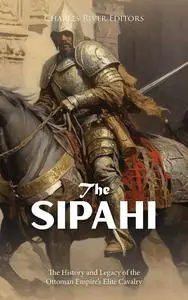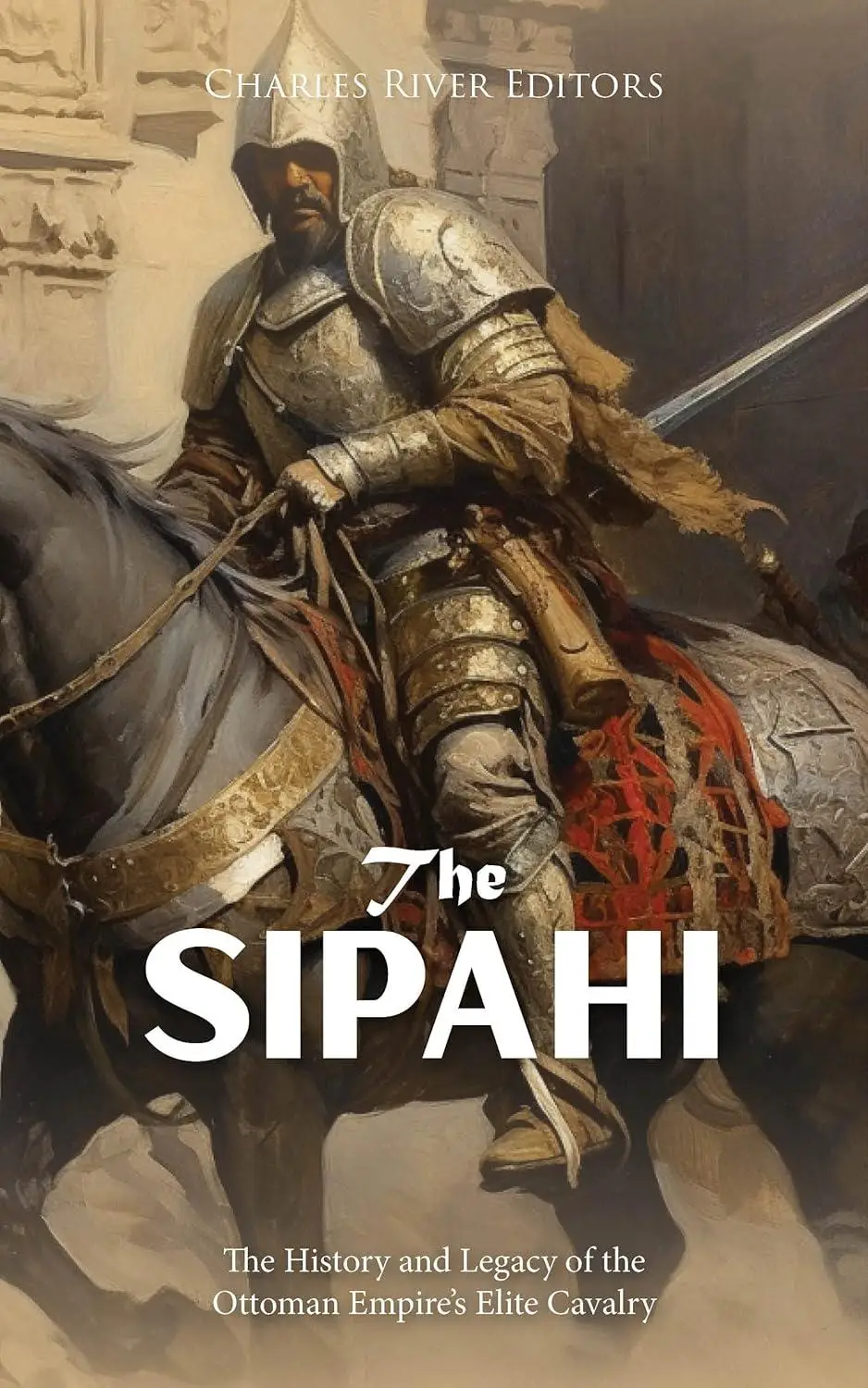The Sipahi: The History and Legacy of the Ottoman Empire’s Elite Cavalry by Charles River Editors
English | May 31, 2023 | ISBN: N/A | ASIN: B0C6V82MDR | 37 pages | EPUB | 3.13 Mb
English | May 31, 2023 | ISBN: N/A | ASIN: B0C6V82MDR | 37 pages | EPUB | 3.13 Mb
In terms of geopolitics, perhaps the most seminal event of the Middle Ages was the successful Ottoman siege of Constantinople in 1453. The city had been an imperial capital as far back as the 4th century, when Constantine the Great shifted the power center of the Roman Empire there, effectively establishing two almost equally powerful halves of antiquity’s greatest empire. Constantinople would continue to serve as the capital of the Byzantine Empire even after the Western half of the Roman Empire collapsed in the late 5th century. Naturally, the Ottoman Empire would also use Constantinople as the capital of its empire after their conquest effectively ended the Byzantine Empire, and thanks to its strategic location, it has been a trading center for years and remains one today under the Turkish name of Istanbul.
In the wake of taking Constantinople, the Ottoman Empire would spend the next few centuries expanding its size, power, and influence, bumping up against Eastern Europe and becoming one of the world’s most important geopolitical players. It was a rise that would not truly start to wane until the 19th century.
Among those who were responsible for the projection of Ottoman power, few deserve as much credit as the Sipahi. Civilizations across the steppes and the Middle East relied heavily on cavalry, and the Sipahi were elite cavalry units during medieval times for a couple of powers. That said, they were a massive contributor to the success of Ottoman warfare, and during good times for the empire, the Sipahi were rewarded, to the extent that they became their own social class, much like the Janissaries. In fact, much the way the Janissaries became less effective over time as being one denoted social status, the Sipahi and Janissaries had class resentments among each other, one of the various cracks in the Ottoman Empire that would help bring about its decline.
As a result, the Sipahi’s private lives in the Ottoman Empire were varied and complex, depending on their social status, wealth, education, and religion. Their homes were often luxuriously decorated, and they were usually portrayed as highly-educated and sophisticated people. The Sipahi frequently had several wives and concubines, and their houses were equipped to accommodate their many guests. They had harems, where they kept their concubines and slaves, and the maintenance of their harems was important for each Sipahi's reputation and status. Their wives and concubines were often confined to the harem, and they did not have much freedom, but in some cases, especially in wealthier families, the women were educated and had an active social life.
Furthermore, the Sipahi were often involved in art, music, and writing poetry. They had castles and villas they used for parties and social events, and they were also known for organizing hunts and other sporting activities. Many of them were also highly educated and engaged in the sciences, such as mathematics, astronomy, and philosophy.
Religion played a dominant role in the life of the Sipahi. The majority were Muslims, and they satisfied their spiritual needs by going to mosques. However, there was often room for all faiths in their homes, and many Sipahi were tolerant of other religious groups and gave them their protection.
Despite all the privileges, or perhaps because of them, being a Sipahi was dangerous, and they were the targets of assassinations by bandits, other Sipahi, rebels, or foreign powers. As such, they often traveled with their armies to protect themselves from potential attacks.



